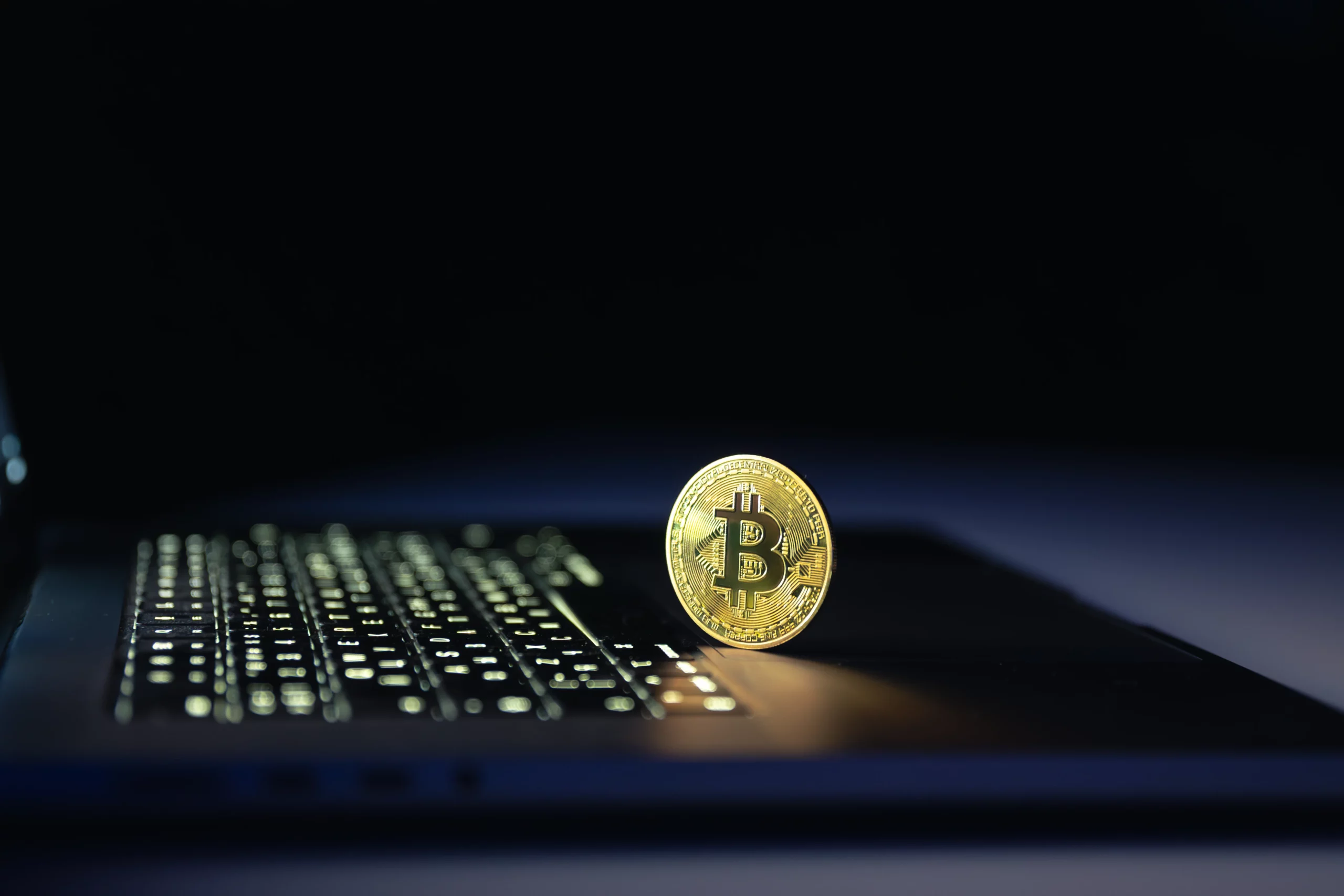The Future of Currency in 2050
Cryptocurrencies, Quantum Computing, and the Fusion of AI and Metaverse.

As we look toward the year 2050, the landscape of global currencies is poised for a revolutionary transformation. Cryptocurrencies are expected to become the backbone of global financial systems, influencing everything from daily transactions to international trade. This paper explores the anticipated evolution of cryptocurrencies in payments, the role of NFTs in asset authenticity, the integration of metaverse and AI in financial ecosystems, the obsolescence of physical currency, the impact of quantum computing on security and processing speeds, and the implications of biometric authentication on user identity and privacy.
The dawn of the 21st century marked the beginning of a digital revolution that has since reshaped various facets of human life, including finance. By 2050, this transformation is expected to reach unprecedented heights. The emergence of cryptocurrencies has challenged traditional financial systems, offering decentralized, secure, and efficient alternatives to conventional money. As technology advances, integrating artificial intelligence (AI), quantum computing, and biometric security measures will further redefine how we perceive and interact with currencies.
I. The Rise of Cryptocurrencies in Global Payments
A. Cryptocurrencies as the Default Medium of Exchange
By 2050, cryptocurrencies are projected to become the default medium of exchange for both personal and commercial transactions. Governments and central banks worldwide have started to develop their own digital currencies, known as Central Bank Digital Currencies (CBDCs), to keep pace with the growing popularity of decentralized cryptocurrencies like Bitcoin and Ethereum.
Their inherent advantages drive the widespread adoption of cryptocurrencies:
- Decentralization: Cryptocurrencies operate on decentralized networks, reducing the reliance on traditional banking systems and eliminating single points of failure.
- Security: Advanced cryptographic techniques protect transactions, making them tamper-proof and transparent.
- Accessibility: With internet access becoming ubiquitous, cryptocurrencies provide financial services to unbanked and underbanked populations worldwide.
B. Instantaneous Global Funds Movement
The efficiency of cryptocurrency transactions has revolutionized funds movement. Cross-border payments that once took days and incurred significant fees are now executed almost instantaneously with minimal costs. Smart contracts—self-executing contracts with the terms directly written into code—have automated transactions, ensuring compliance and reducing the need for intermediaries.
II. Cryptocurrencies in Supply Chain and Asset Authenticity
A. Receipts of Goods Movement via Blockchain
Blockchain technology, the backbone of cryptocurrencies, has extended its utility beyond finance into supply chain management. Every step of a product’s journey—from raw material sourcing to final delivery—is recorded on an immutable ledger. This transparency enhances efficiency, reduces fraud, and ensures accountability.
For instance, in the food industry, blockchain enables tracking of produce from farm to table, assuring consumers of the product’s origin and handling. This level of traceability is crucial for safety recalls and reinforces trust between consumers and suppliers.
B. NFTs as Records of Transaction and Asset Authenticity
Non-fungible tokens (NFTs) have emerged as a revolutionary way to represent ownership of unique assets. By 2050, NFTs will be not just digital collectibles but fundamental components of asset management. They serve as digital certificates of authenticity for physical and digital assets, including real estate, art, and intellectual property.
NFTs facilitate:
- Proof of Ownership: Securely recording ownership on the blockchain prevents forgery and disputes.
- Transferability: NFTs enable seamless transfer of ownership without traditional paperwork.
- Fractional Ownership: Assets can be divided into fractions, allowing multiple parties to own a share of high-value items.
III. The Integration of Metaverse and AI in Financial Systems
A. Metaverse as the New Marketplace
The metaverse—a collective virtual shared space created by the convergence of virtually enhanced physical reality and physically persistent virtual reality—is redefining social interaction and commerce. In 2050, the metaverse will be a bustling marketplace where users will engage in economic activities using cryptocurrencies.
Virtual real estate, goods, and services are bought and sold using digital currencies. Businesses have virtual storefronts, and individuals can work, shop, and socialize within these immersive environments.
B. AI in Financial Decision-Making and Security
Artificial intelligence plays a pivotal role in managing the complexities of the financial ecosystem. AI algorithms analyze vast amounts of data to make real-time decisions, predict market trends, and detect fraudulent activities.
Key applications include:
- Automated Trading: AI-powered bots execute trades based on market analysis, optimizing investment strategies.
- Risk Assessment: Machine learning models assess credit risks, enhancing lending decisions.
- Customer Service: AI chatbots provide personalized financial advice and support.
IV. The Decline of Physical Currency
A. Paper Dollars and Coins as Museum Artifacts
Physical currency has become an anachronism by 2050. The convenience and efficiency of digital transactions have rendered paper money and coins obsolete. These tangible forms of currency are now displayed in museums as relics of a bygone era, symbolizing the evolution of human commerce.
B. Societal Shift to Digital Transactions
Society has fully embraced digital transactions due to the following:
- Convenience: Mobile wallets and wearables facilitate quick payments.
- Cost Savings: Reducing the need to produce and handle physical money lowers operational costs.
- Environmental Impact: Eliminating paper currency reduces the ecological footprint associated with its production and disposal.
V. Quantum Computing’s Impact on Currency Security and Speed
A. Quantum Computing and Cryptography
Quantum computing has introduced both challenges and opportunities for currency security. The immense processing power of quantum computers poses a threat to traditional cryptographic algorithms, potentially rendering current encryption methods obsolete.
In response, the development of quantum-resistant cryptography has become imperative. New cryptographic techniques are being implemented to secure blockchain networks against quantum attacks.
B. Enhanced Processing Speeds and Transaction Efficiency
Quantum computing accelerates complex computations, enabling:
- Faster Transaction Verification: Reducing the time required to validate transactions enhances the scalability of blockchain networks.
- Advanced Simulations: Quantum algorithms optimize financial models and risk assessments.
- Enhanced Security Protocols: Quantum key distribution offers theoretically unbreakable encryption methods.
VI. Biometrics as the Key to Security
A. Biometric Verification and Authentication
Biometric authentication has become the cornerstone of security in digital transactions. By utilizing unique biological traits such as fingerprints, iris patterns, and facial recognition, systems can accurately verify user identities.
Advantages include:
- Enhanced Security: Biometrics are difficult to replicate or steal compared to passwords or PINs.
- User Convenience: Eliminates the need to remember complex passwords.
- Integration with Devices: Biometric sensors are integrated into smartphones, wearables, and other devices.
B. Privacy Concerns and Identity in Transactions
The use of biometrics raises significant privacy concerns:
- Data Protection: Biometric data breaches can have severe consequences since biological traits cannot be changed.
- Surveillance Risks: There is potential for misuse by authorities or corporations to monitor individuals.
- Consent and Control: Users must have control over how their biometric data is used and stored.
VII. Identity and Transparency in Transactions
A. The Balance Between Anonymity and Accountability
In 2050, the tension between privacy and transparency in financial transactions remains a critical issue. While blockchain offers transparency, it also necessitates a balance to protect individual privacy.
Considerations include:
- Anonymity: Users may desire privacy to protect personal information.
- Accountability: Authorities require transparency to prevent illegal activities such as money laundering.
B. Regulatory and Ethical Considerations
Governments and international bodies are developing regulations to address these challenges:
- Data Privacy Laws: Legislation to protect personal data and define permissible uses.
- Standardization: Establishing global standards for digital transactions and biometric security.
- Ethical Frameworks: Guidelines to ensure technology is used responsibly, respecting human rights.
By 2050, the evolution of currency will have reshaped the global financial landscape. Cryptocurrencies, underpinned by blockchain technology, will dominate transactions, supply chain management, and asset authentication. The fusion of AI and the metaverse will create new marketplaces and redefine economic interactions. Quantum computing will enhance processing capabilities but also necessitate advanced security measures to protect against new threats.
The obsolescence of physical currency symbolizes a societal shift towards embracing technology for efficiency and convenience. However, this transition brings challenges related to privacy, security, and ethical use of personal data. Biometric authentication offers robust security but raises concerns about surveillance and data protection.
Ultimately, the future of currency in 2050 hinges on the delicate balance between leveraging technological advancements and safeguarding individual rights. Collaboration between technologists, policymakers, and society at large will be essential to navigate this complex landscape and ensure a secure, efficient, and inclusive financial future.
References
Note: As this is a theoretical projection for the year 2050, references are based on current trends and emerging technologies up to the knowledge cutoff in September 2021.
- Nakamoto, S. (2008). Bitcoin: A Peer-to-Peer Electronic Cash System.
- European Central Bank. (2020). Report on a digital euro.
- National Institute of Standards and Technology. (2016). Biometrics Overview.
- Shor, P. W. (1997). Polynomial-time algorithms for Prime Factorization and Discrete Logarithms on a Quantum Computer.
- Swan, M. (2015). Blockchain: Blueprint for a New Economy.
Tags: AI in Finance , Biometric Authentication , Cryptocurrency Evolution , Digital Payments , Digital Revolution , Economic Predictions 2050 , Financial Ecosystems , Financial Systems Transformation , Future of Finance , Global Currencies 2050 , Metaverse Financial Integration , NFTs and Asset Authenticity , Physical Currency Obsolescence , Quantum Computing in Finance , Security and Processing Speeds , User Identity and Privacy
